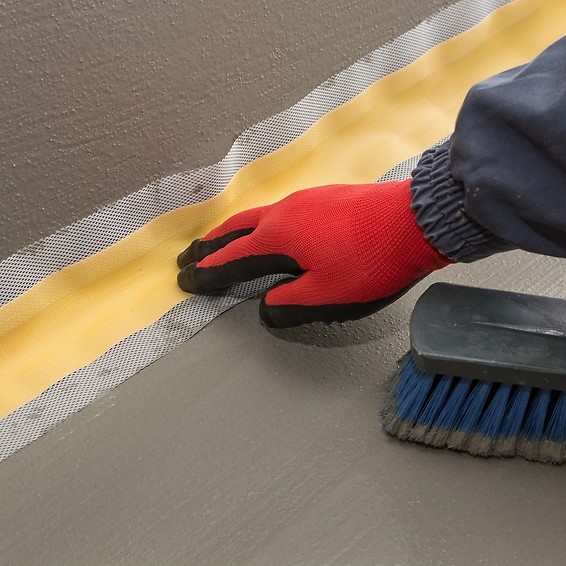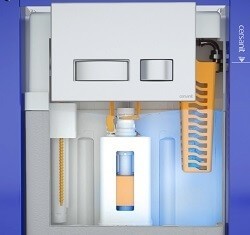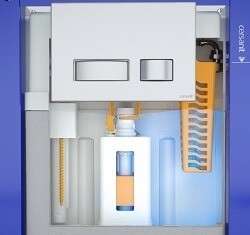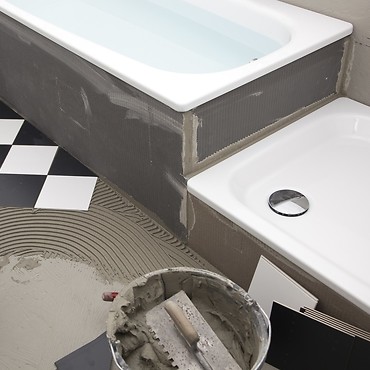Isolation in the bathroom – why is it so important?
Isolation in the bathroom – why is it so important?

Though it may not seem like it, protecting your bathroom against water and moisture is not limited to merely laying ceramic tiles. This is because water may seep through invisible leakages, e.g. in joints. What should perfect anti-water and anti-moisture isolation look like, then? Here are the most important rules.
A cracked pipe, or even so little as a small leakage that goes unnoticed for a long time, may result in a serious emergency. Leakages and apartment floodings (including flooding the neighbours’ apartments) is a big problem that usually entails even bigger costs. Similarly, a seemingly innocent patch of moisture – if not removed in a timely manner – may result in the growth of harmful fungus. Removing it results in the necessity of apartment renovation and the use of anti-fungal preparations.
In order to prevent such scenarios, appropriate waterproofing is necessary. While areas exposed to moisture require merely securing them using tiles, proper paint or other water-resistant materials, areas exposed to water need to be isolated in a more watertight and effective manner.
Types of isolation
Typically, waterproofing is laid in the initial phase of renovating or arranging the bathroom. Its task is that of stopping the moisture at the surfaces of walls, floors, and equipment in order to allow it to evaporate. It is worth noting that moisture will only disappear if the area is well-aired – either by gravitational or forced ventilation.
The finish is usually done using special liquid foils, spread on previously-cleaned and evened walls and floors. The ready-to-use liquid mass should be carefully spread on all surfaces using a brush or roller. This preparation is rather elastic, making the task a fairly easy one to accomplish. The isolation layer should be at least 1 mm thick. It is a good idea to spread two layers, at least 6 hours apart from each other.
The last phase is securing the corners, i.e. the places where the walls and the floors touch – this is where leakages appear most commonly. The vulnerable zones are isolated using special tapes made of polyester fabric. After placing the tape on fresh foil with a crease of approx. 10 cm on each side, foil must be spread over it once again.
In order to enable the waterproofing to fulfill its task, it is necessary to maintain its continuity. Because of this, while laying tiles or other finish materials, mechanical damage and even small scratches should be avoided.
See more tips in this category
-
FRESH SYSTEM - a guarantee of freshness
The WC concealed systems with the FRESH SYSTEM feature a dedicated container for toilet fresheners. The ... -
QUICK FIX - universal mounting brackets
The new AQUA WC concealed systems are equipped with very handy QUICK FIX wall brackets for easy ... -
Bathtub installation — the most common mistakes and how to ...
The bathtub is usually the central point of the bathroom. The place that is associated not only with ...






